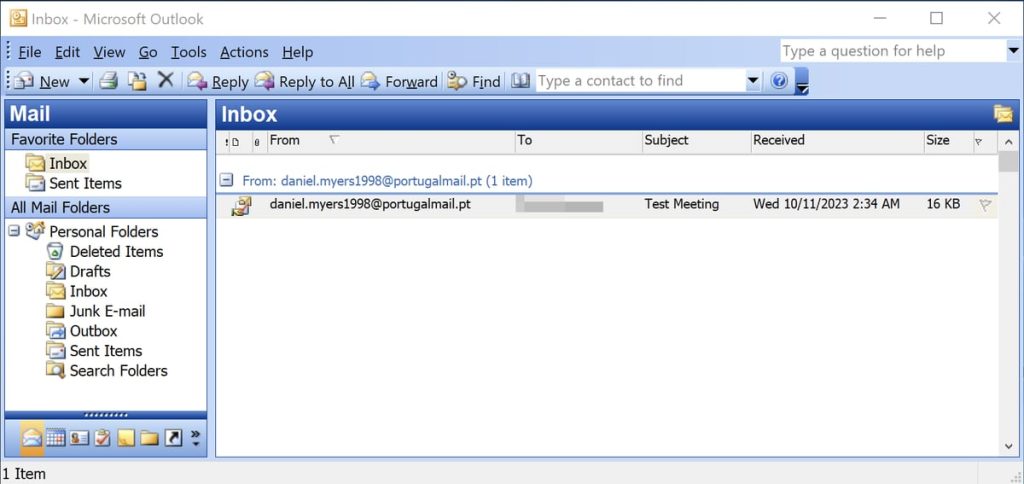There is a war against Russia being fought daily, far from the battlefield, in the digital trenches through infected emails. Western intelligence services and cybersecurity firms are combatting hacker organizations like Fighting Ursa (APT28) and Cloacked Ursa (APT29), which are linked to the Russian state by the US and UK governments. NATO members are at risk of being infiltrated by Kremlin cyber spies with just one click on a malicious email. The goal of these groups is to steal information to give their respective states a geopolitical or strategic advantage, often targeting government institutions and critical infrastructure.
Officially, there have been 13 cyberattacks attributed to Fighting Ursa and two to Cloacked Ursa since 2022, targeting entities primarily in Ukraine, but also in Poland, the US, and Belgium. These attacks aim to extract data or spy on organizations, predominantly using email as the main infiltration method. The Cyberpeace Institute, funded by companies like Microsoft and Mastercard, has been monitoring these attacks closely, highlighting the potential risks posed by these cyber espionage groups to national security and international relations.
Fighting Ursa has targeted military, diplomatic, government, and private entities of NATO countries using malicious emails. This includes embassies, ministries of Defense, Foreign Affairs, and more. Cloacked Ursa, on the other hand, has focused on infiltrating NATO diplomatic missions in Ukraine and targeting governmental institutions of the European Union. The use of phishing tactics and malware-laden attachments in emails has been a common method employed by these groups to gain unauthorized access to sensitive information.
Attributing cyberattacks to specific actors like Fighting Ursa and Cloacked Ursa is a complex task, as hackers often mask their identities and origins to avoid direct accusations. Despite evidence linking these groups to Russian intelligence services like SVR and GRU, proving definitive attribution remains challenging. While Spain and its NATO allies have enhanced their cyber monitoring capabilities, the issue of cyber attribution continues to pose significant challenges in accurately identifying and responding to cyber threats.
The NATO alliance has designated cyberspace as a domain of warfare, recognizing the potential for cyber campaigns to trigger collective defense measures. NATO collaborates with member states to enhance cyber defenses, sharing real-time threat information, providing training, and deploying expert teams to assist in the event of a cyber attack. As cyber warfare tactics evolve rapidly, the need for advanced technological capabilities and proactive cybersecurity measures is crucial to deter and defend against hostile cyber activities.
Despite the ongoing cyber warfare against Russian-linked hacker groups, the human factor remains the weakest link in cybersecurity. Russian hackers have developed various means to exploit vulnerabilities in email and mobile devices to access sensitive information. As technology advances, cybersecurity laws and measures are often lagging behind, creating bureaucratic barriers to effective response strategies. The complex nature of cyber warfare underscores the importance of constant vigilance, collaboration, and innovation in cybersecurity defenses to safeguard national and international security interests.


